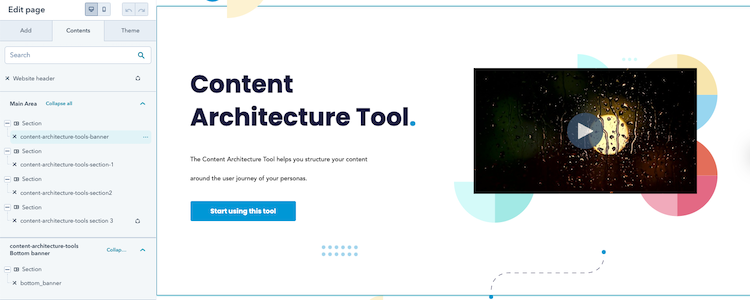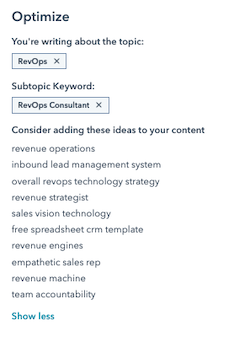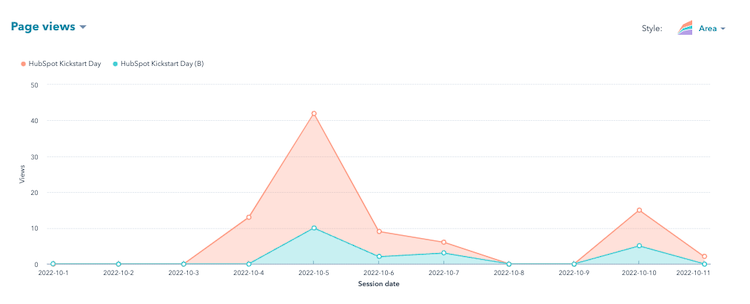


Analytics best practices for landing pages




%20(9).png?width=560&name=Blackbird%20(600%20%C3%97%20340px)%20(9).png)
HubSpot landing pages don’t replace website pages but can be useful for building high-converting campaign pages that you can monitor, tag to a HubSpot campaign, tweak quickly, A/B test etc to improve campaign performance and they are very easy for a marketer without dev skills to pull together.
When it comes to building high-converting landing pages, HubSpot landing pages are second to none.
While HubSpot landing pages do not replace website pages, they are useful for:
- Monitoring page metrics
- Understanding their impact on marketing campaigns
- A/B testing
- Quick tweaks
All performance updates are easy for a marketer without developer skills to pull together.
Because HubSpot landing pages are designed to work seamlessly with the rest of the HubSpot platform, they can provide valuable insights into the overall performance of your inbound marketing campaigns.
The benefits of HubSpot landing pages
Ease of use for Marketers
Using a landing page you have more control over the modules and design. Using HubSpot's drag-and-drop editor, you can easily customise the webpage, with limited-to-no developer assistance.
It's usually quicker and easier for the marketer to make changes to a HubSpot page compared to other content management systems.

SEO
For each landing page that you create, HubSpot shares SEO recommendations. In combination with the SEO tool, this gives you a quick approach to optimising for keywords, using backlinks and internal links, and more.

Reporting
Using HubSpot's free CMS tool, marketers will receive reporting on conversions, sources, and contacts gather from each landing page.

This level of granular data per page is less accessible on web pages or will require you to build a series of custom reports to get similar data.
A/B Testing
Hubspot landing pages have built-in A/B testing. Make changes to headlines, images, and more with ease. You'll be able to review these tests and through reporting, identify which test performed best.

The benefits of hosting a blog on HubSpot
The HubSpot blog tool has a separate reporting area in HubSpot that allows you to see detailed analytics per blog post and allows you to insert CTAs directly in the blog pages with ease.
The main reason for choosing a HubSpot blog is the ease of use and the ease and speed with which you can publish a post. You'll be able to attach blogs to marketing campaigns and review in-depth analytics.
The new structured data tool also allows you to add in custom schema easily so you are more likely to rank for featured snippets.
The benefits of HubSpot forms
It's recommended to pull your form submission data into HubSpot via either HubSpot forms or the forms API.
This enables your database to be as clean as possible and gets information to the relevant teas as quickly and efficiently as possible.
HubSpot forms enable you to:
- Create dependent fields for shorter, more relevant forms
- Use progressive profiling (gather a series of answers as people fill in multiple forms across the customer journey)
- Hidden fields allow you to enrich your data with information based on the form being submitted
You do have the option to scrape all the data from forms using non-HubSpot forms. This does, however, have its pitfalls:
HubSpot Forms Pitfalls
It's an all-or-nothing approach. You cannot choose which forms you want to collect data from.
The data needs to be carefully mapped. Otherwise, it is at risk of populating incorrectly into the CRM and often gets mapped into text fields.









